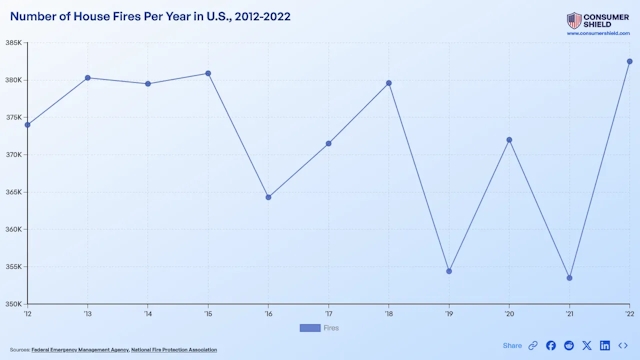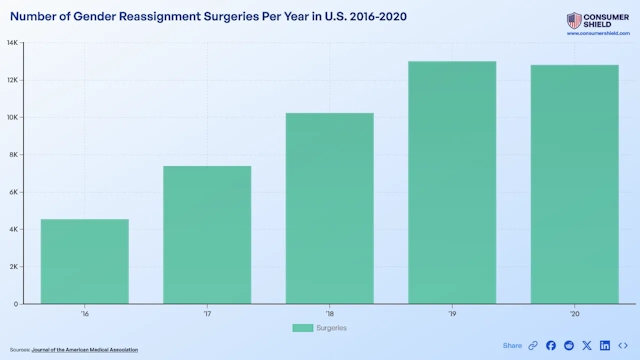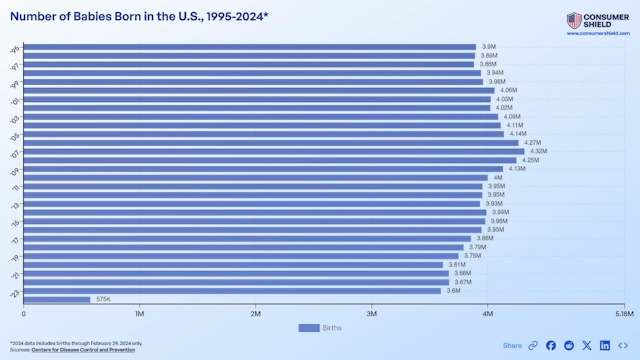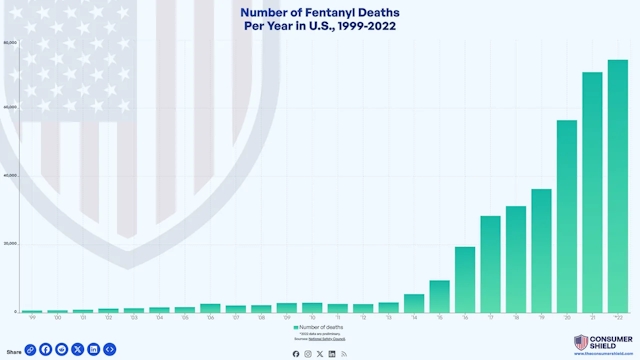The Early Data: A Gradual Rise
In 1985, the United States was experiencing a heightened homicide rate of 8 per 100,000 people. A worrisome upward trend ensued, peaking in 1991 at 9.8 homicides. However, the mid-1990s marked a turning point, and by 1999 the rate had notably decreased to 5.7. As the new millennium dawned, the US homicide rate by year stabilized and remained relatively low. There was a slight uptick from 5.5 in 2000 to 5.8 in 2006. The period ended on a note of caution but was still far removed from the highs of the early '90s.
The Great Recession: US Homicide Rate by Year Surprising Dip
As the Great Recession hit in 2007, one would expect a spike in crime rates due to increased economic hardship. However, the data tells a different story. The US murder rate by year steadily declined, reaching a low of 4.4 by 2014. This counterintuitive drop raised questions among criminologists and economists alike, as traditional theories would suggest an increase in crime during economic downturns.
The 2010s: Varied Trends
Post-recession years saw varied trends in the murder rate. An initial decrease continued until around 2014, after which there was a noticeable uptick to 5.4 in 2016. This increase brought concerns of a potential reversal of the previous decade’s progress.






